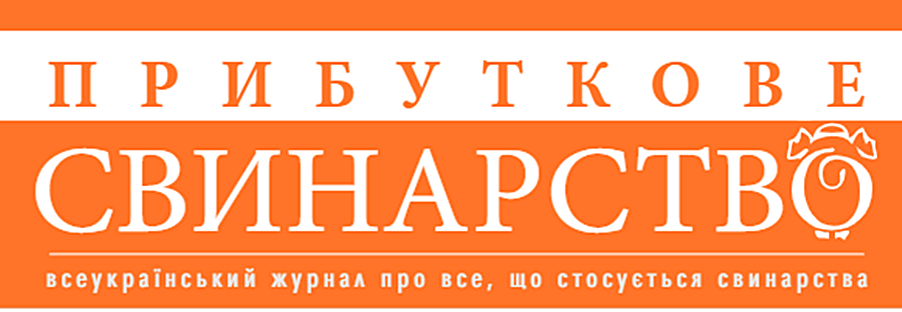A number of reasons contribute to the spread of infections: high concentration of animals on pig farms, frequent mutations of viral pathogens, long-term operation of pig houses with violation of the "all-in-all-out" principle, incorrect use of antibacterial drugs, unsatisfactory living conditions and . However, each farm has its own set of microbes and viruses that cause associated forms of lung infections. Therefore, during the development of a scheme of preventive and therapeutic measures, it is necessary to carefully determine the composition of such associations by means of special studies (PCR (polymerase chain reaction), bacterial and serological), study their properties and only then finally determine veterinary measures. In this case, a detailed study of the features of the pathomorphological picture of associated respiratory diseases will improve diagnosis and form the basis for internal biosafety in pig farms.
The most common viral respiratory diseases of pigs are swine circovirus type 2 (CSV-2) and swine respiratory reproductive syndrome (RRS). Read about the peculiarities of their pathological diagnosis in the "Healthy Farm" section in the December issue of Profitable Pig Production magazine, Diagnosis of pig diseases, Diagnosis of pig respiratory complex diseases, viral pathogens: Military Digest, No. 72.



